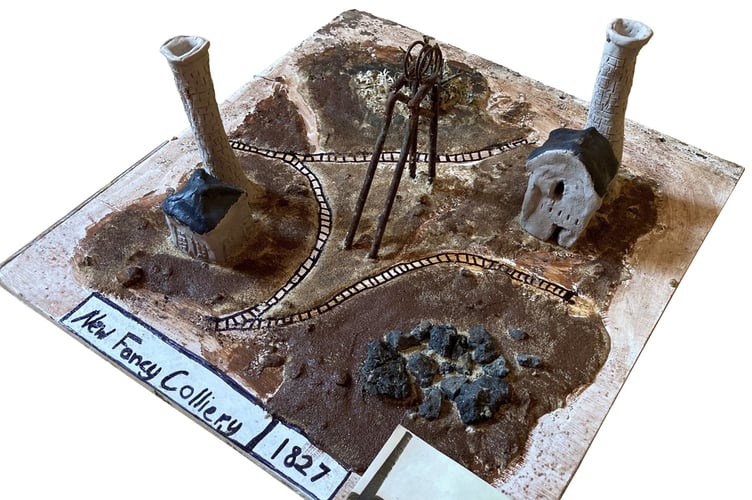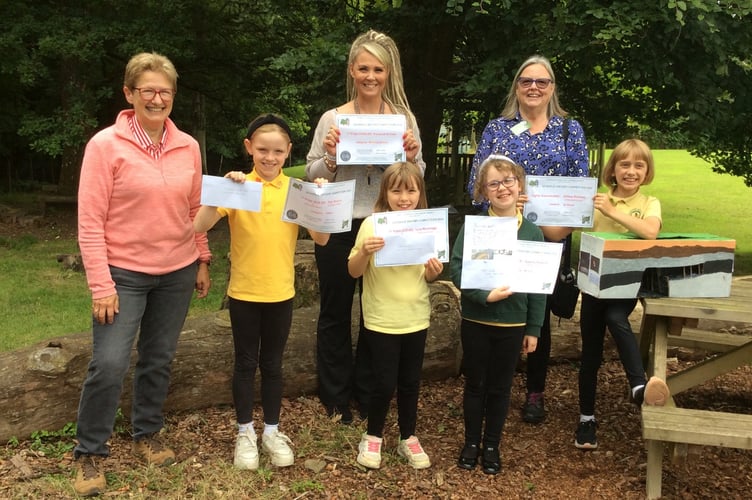THE standards of entries from children for a competition run by the Forest of Dean Local History Society was so high that judges could not decide on a single overall winner.

In the end they decided they had to name two overall winners for the competition which challenged junior schoolchildren to create a piece of writing, a drawing, a model or a computer-based project on an aspect of Forest history.
The overall winners were Parkend School pupils Lyra and Tilly.

Lyra created a detailed Powerpoint presentation titled Mining, the Miners and Pillowell Rec while Tilly made an excellent video about the Dean Forest Railway.
The judges said the video was so good she should offer it to the railway or to tourism organisation Visit DeanWye.
Both girls won £25 and the school received £100.
The winning entry for the 3D model category was the New Fancy Colliery 1827 created by Lily of Yorkley School who also won £25.
The judges were impressed by the amount of detail provided in the model, the number of different structures and its aged appearance.
There were a large number of entries in the model category and in recognition of the amount of work, the judges also made highly commended awards to the Freemining Tunnel created by Willow of Parkend School and the Darkhill Ironworks model created by Finn of St White’s in Cinderford.
Freemining heritage also inspired a Highly Commended’ entry in the Powerpoint category from Liam of Coalway Junior for his presentation about Hopewell Colliery.
The winner in the writing category was Sophie from Parkend School who received £25 for her piece about the Severn Railway Bridge.
Society Vice Chair Sue Middleton said: “I was particularly impressed by the amount of local history that the children have learnt about.
“It is great to see the enthusiasm that they have for learning about their Forest heritage as I’m hoping it will mean that they will be keen to protect it in future.”
“The subject of their work varied as they created something that had some personal meaning for them, so it was fascinating to see a wide range of sites, stories and experiences represented across the entries.”
The funding for the cash prizes was provided by a legacy from Dr John Jurica of the Bristol and Gloucestershire Archaeological Society through the Gloucestershire Local History Association.
In addition to the history competition, this year the Forest of Dean Local History Society launched the history quiz for junior school-aged pupils to work together in teams of four.
The quiz was organised in two phases with heats between schools and then the final.




.jpg?width=209&height=140&crop=209:145,smart&quality=75)